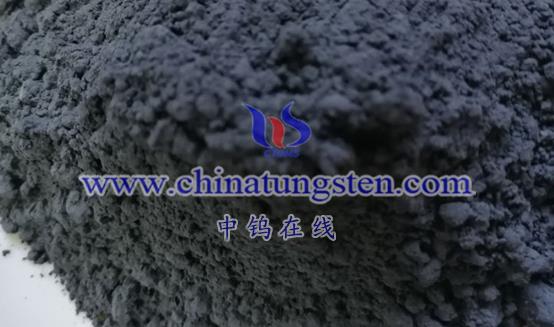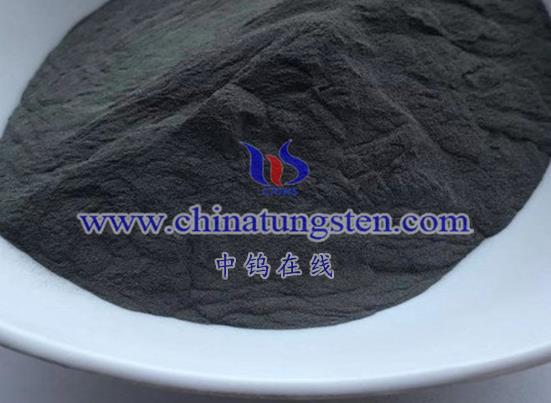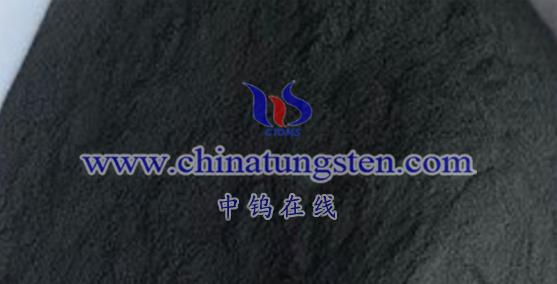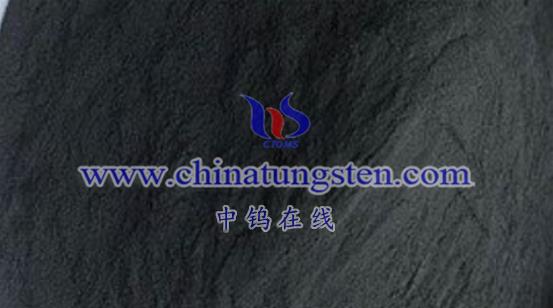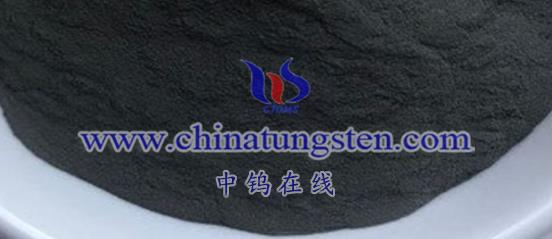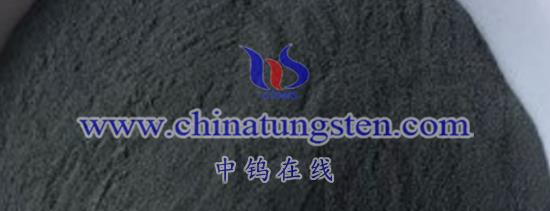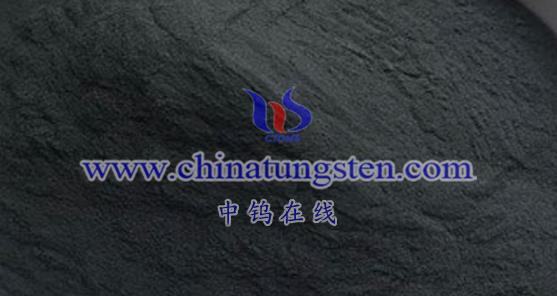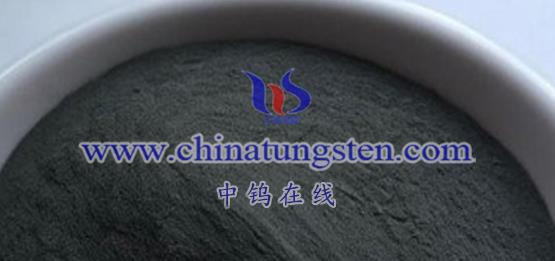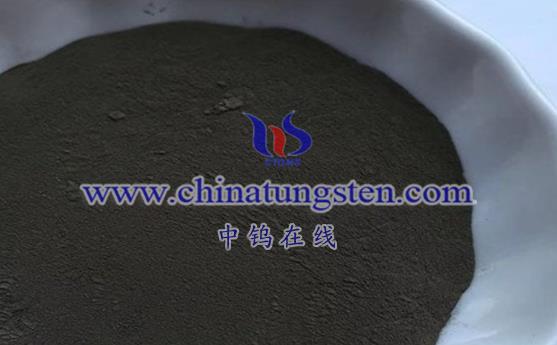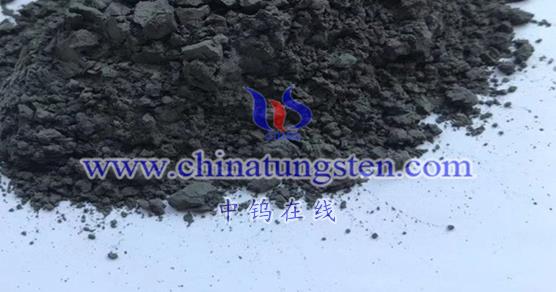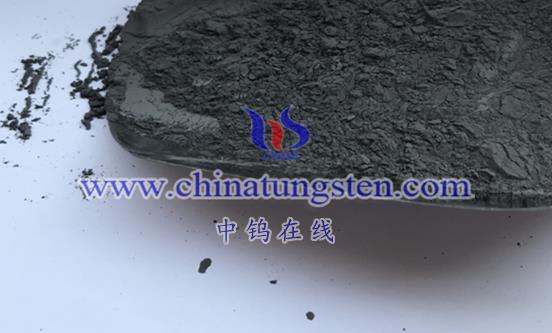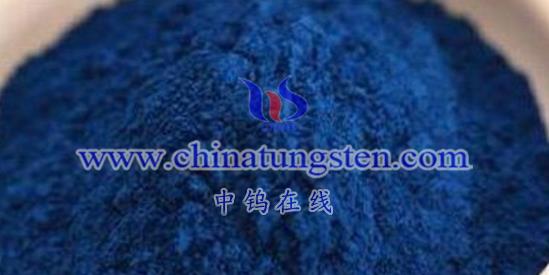
The biocompatibility of nano tungsten trioxide (WO₃) refers to the extent of its interaction with biological tissues, cells, and biomolecules without causing harmful effects. In biomedical applications, biocompatibility is crucial because it determines the material’s safety, stability, and effectiveness in the body. The biocompatibility of nano tungsten trioxide can be examined in the following aspects:
- Overview of Nano Tungsten Trioxide Biocompatibility
As a novel nanomaterial, nano WO₃ has shown promising potential in biomedical fields. Its biocompatibility is primarily demonstrated in these areas:
- a) Cytotoxicity
Studies have shown that nano WO₃ exhibits low cytotoxicity within certain concentration ranges. For example, experiments using the MTT assay to assess cell viability in L929 cells (a common cell line) revealed that at low concentrations, the cell viability was near 100%. Even with increased concentrations, cell survival remained relatively high (around 80%), indicating minimal toxicity from nano WO₃.
- b) In Vivo Safety
Although long-term safety studies in living organisms are limited, preliminary animal experiments suggest that nano WO₃ exhibits stable distribution and metabolism in the body, with no significant toxic reactions observed. However, more extensive research is needed to confirm these findings.
- c) Bioactivity
Nano WO₃ has unique electronic structures and optical properties, which may give rise to specific biological activities in vivo. For example, its photothermal conversion properties can be harnessed for tumor photothermal therapy. Additionally, nano WO₃ can act as a drug carrier, enabling targeted drug delivery and controlled release.
- Factors Affecting the Biocompatibility of Nano Tungsten Trioxide
The biocompatibility of nano WO₃ is influenced by several factors, including particle size, morphology, surface properties, and the environment in which it is used.
- a) Size Effect
As with many nanomaterials, smaller particle sizes result in larger surface areas, increasing interactions with biological systems. Thus, the size of nano WO₃ plays a significant role in its biocompatibility.
- b) Morphology Effect
The morphology (shape) of nano WO₃ also impacts its biocompatibility. For instance, different shapes, such as nanosheets or nanorods, may lead to different distributions and metabolic behaviors in the body.
- c) Surface Properties
The surface characteristics of nano WO₃, such as hydrophilicity/hydrophobicity and charge state, affect how it interacts with biological environments. Modifying its surface properties can improve its compatibility with living tissues.
- d) Usage Environment
The environment in which nano WO₃ is used (e.g., pH, temperature, ion concentration) influences its biocompatibility. Therefore, the conditions under which it is employed must be considered when assessing its compatibility in biological applications.
- Conclusion
Nano tungsten trioxide shows great promise in biomedical applications, with initial studies supporting its favorable biocompatibility. However, due to the complexity and diversity of nanomaterials, further research is necessary to fully understand its interactions within biological systems. Future improvements, such as optimizing its production methods, refining its surface properties, and conducting comprehensive long-term in vivo studies, will enhance its biocompatibility and expand its use in medical fields.
Ultimately, enhancing the biocompatibility of nano WO₃ will provide a solid foundation for its widespread application in biomedicine.
More details of tungsten oxide product, please visit website: tungsten-oxide.com
Please contact CHINATUNGSTEN for inquiry and order of tungsten oxide:
Email: sales@chinatungsten.com
Tel.: 86 592 5129595
